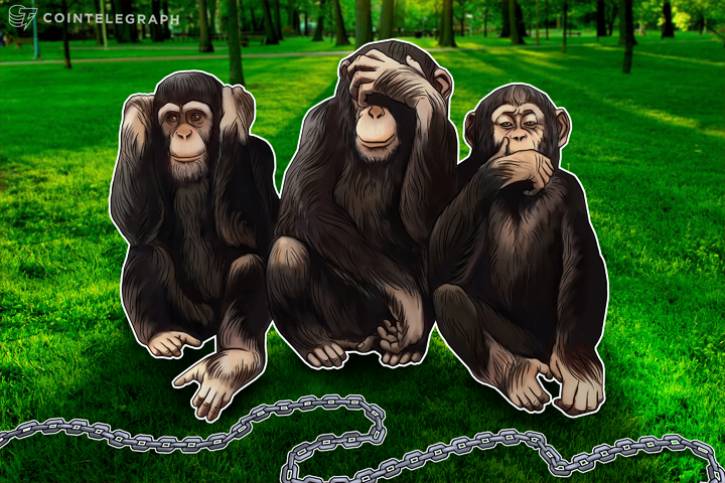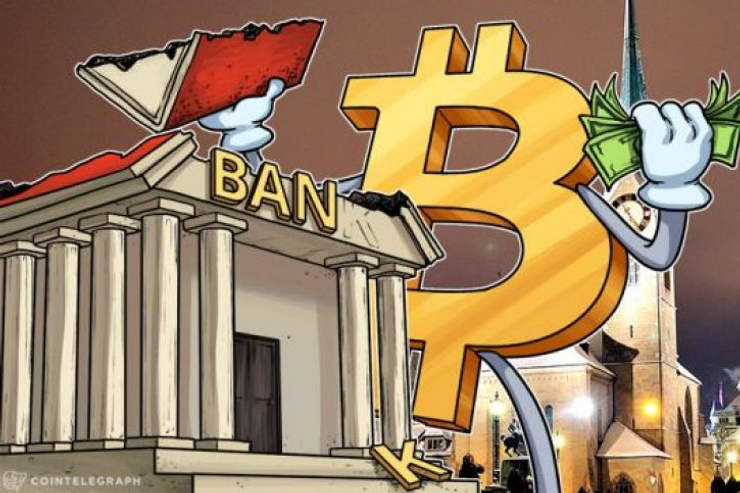Hi, I’m Adil Wali. I became a Microsoft certified professional at age 14 and started my first web development company. That led to a career as a serial entrepreneur, advisor, and startup investor. I got my first “real job” at 33, and I’m now a FinTech executive with a passion for the markets.
Live blogging from IAS 10 — Designing for emotion and flow

By Adil Wali , 11th Apr 2010
CATEGORIES
UX
I’ve had the opportunity to sit in on some really interesting sessions here at IASummit 2010. I have never tried to liveblog from a conference before, but why not start now?
Here are my notes from the “Designing for Emotion and Flow” talk by Trevor van Gorp (@trevvg)
- It’s important to take into account emotional states when you are designing a user experience.
- There are two core dimensions of thinking about emotional states, for the sake of this talk:
- Anxiety <–> Boredom
- Unpleasant <–>Pleasant
- Attention and arousal are directly linked. Higher contrast designs drive higher arousal.
- Somewhere between anxiety and boredom lays flow. If it’s too challenging, people will be anxious. Too easy, they will be bored.
- Time and intent are the things that separate emotion from personality.
- Novice users are focused on tasks that are less challenging. They are more exploratory and less goal-oriented.
- Experienced users, however, want more challenging and goal directed use. They are less exploratory. The greater the challenge, the more arousal.
- You must match perceived challenge to the skill level of user. This is the proper way to get the right sense of engagement.
- You should focus on core elements that foster flow:
- Clear navigation
- Immediate feedback for as many user actions as are relevant
- Balance the perception of challenge with the user’s skill level. (Are they just surfing or are they trying to accomplish something?)
- Adaptable interfaces can help drive the balance piece. Users can choose the interface to suit their desired level of challenge.
Overall, I thought this talk was pretty interesting, but the slides pushed through a little fast. I hope Trevor posts slides online!
Trending Posts






